Why Is a Sustainable Gardening Necessary?
Importance of Sustainable Gardening: Gardening is not just a hobby anymore; it has become a way of life for many people. With the increasing concern about the environment and climate change, sustainable gardening practices have gained immense popularity. But why is a sustainable garden necessary?
Sustainable Gardening means making a garden that doesn’t hurt the environment. It’s made and taken care of in a way that’s good for nature and doesn’t cause harm. It focuses on conserving resources, reducing waste, and promoting biodiversity. By adopting sustainable gardening practices, we can play our part in creating a healthier and more sustainable future.
A sustainable garden is necessary not only for preserving our environment but also for elevating your home decoration, as it brings the beauty of nature to your doorstep while reducing your ecological footprint.
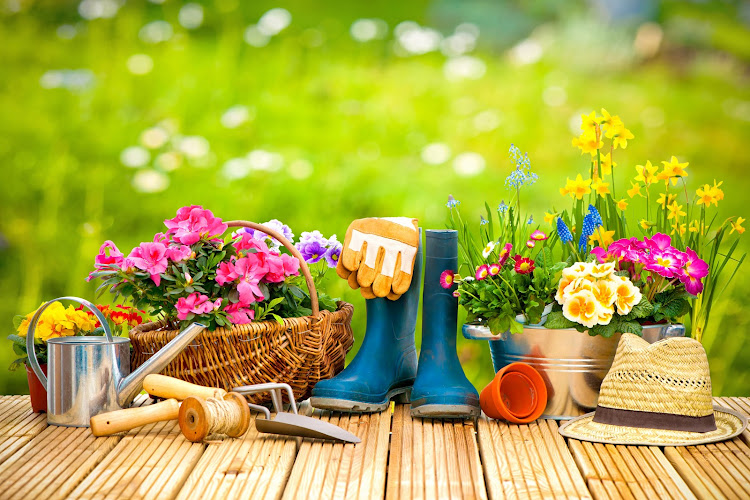
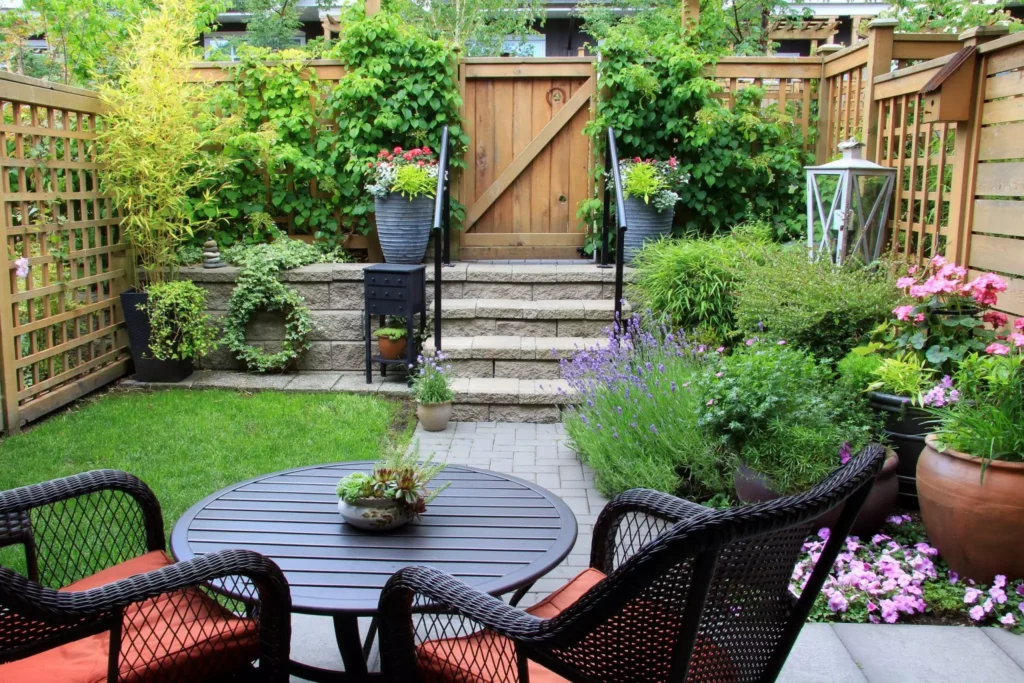
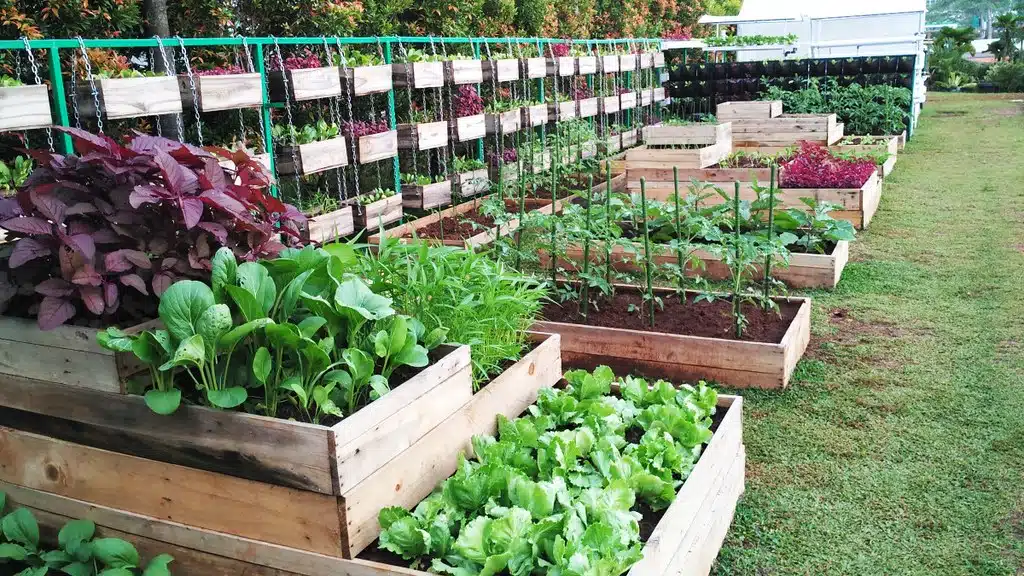
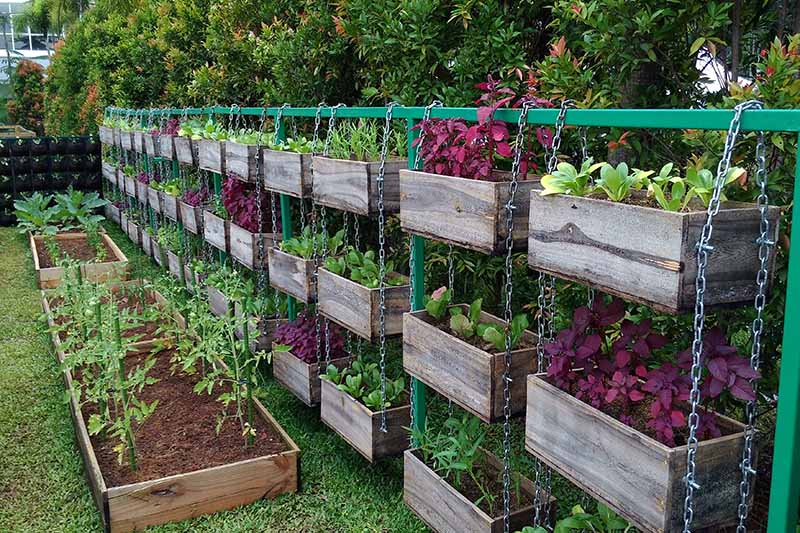
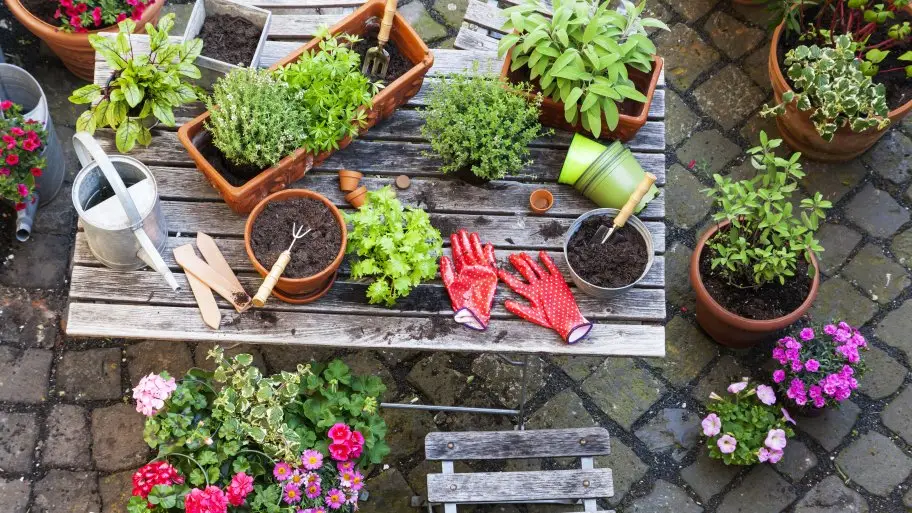
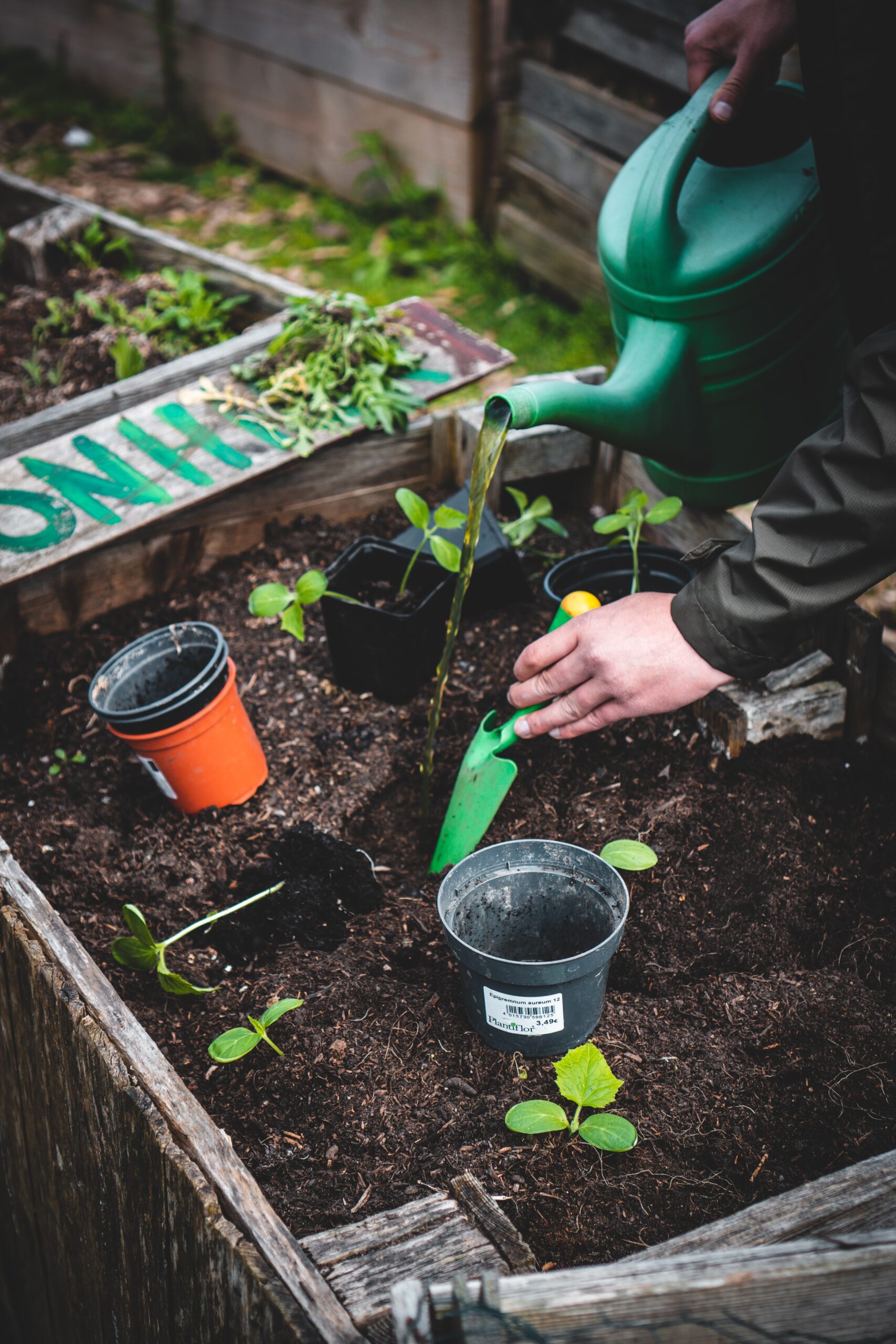
The Importance of Gardening:
Can a Vegetable Garden (Kitchen Gardening) Exemplify Sustainable Gardening Principles?
Sustainable Gardening, we usually imagine lovely flower gardens and green landscapes. But can a vegetable garden be good for the environment too? Absolutely!
When we take care of a vegetable garden the right way, it can give us tasty and healthy veggies while also being kind to nature. We just need to do a few easy things to make sure our vegetable garden is eco-friendly and helps our surroundings.
Seven Easy Ways To Start Sustainable Gardening, Kitchen Gardening Practices
1. Eliminate Chemical Use
Dangers of Chemical Pesticides and Fertilizers
Once hailed as saviors for gardeners, chemical pesticides and synthetic fertilizers have unveiled their less desirable attributes over time. Here, we’ll shine a spotlight on the potential hazards associated with these traditional tools of Kitchen Gardening and Sustainable Gardening. It’s essential to grasp these risks as you make the shift towards safer, more sustainable alternatives.
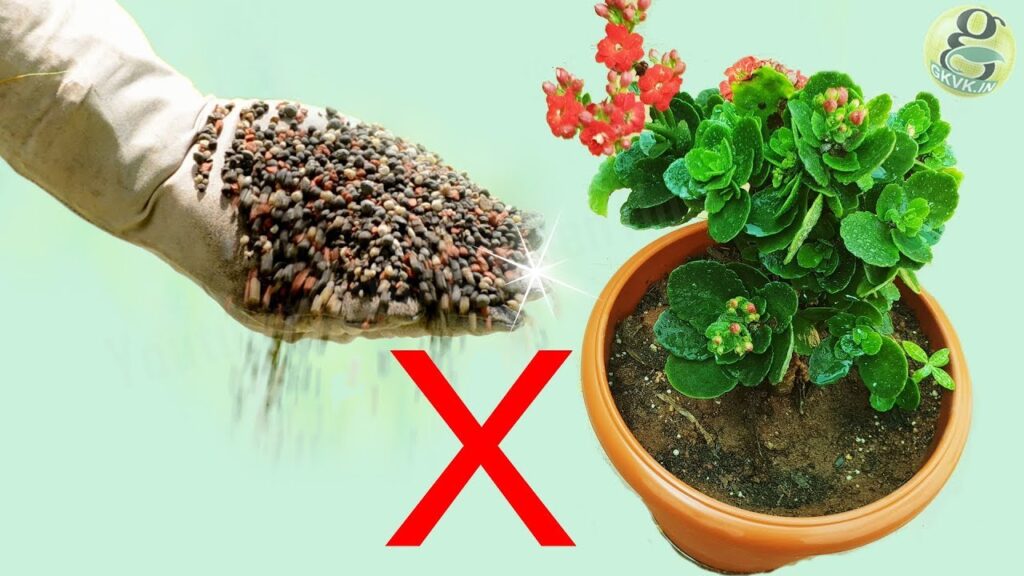
Harmful to Beneficial Insects and Pollinators:
In the world of Sustainable Gardening and Kitchen Gardening, the utilization of chemical pesticides poses a considerable quandary. These pesticides do not differentiate between harmful pests and beneficial insects like ladybugs, bees, and butterflies.
This all-encompassing approach disrupts the intricate equilibrium of ecosystems, posing a significant peril to vital pollinators indispensable for food production. As you contemplate the use of chemical pesticides, it’s crucial to recognize that you may unintentionally jeopardize the very organisms that are pivotal to the triumph of your Sustainable Gardening and Kitchen Gardening initiatives.
Soil Health Degradation:
The significance of both Sustainable Gardening and Kitchen Gardening cannot be overstated. Embracing Sustainable Gardening practices is vital for maintaining soil health. Despite their ability to provide quick nutrients to plants, synthetic fertilizers can inflict detrimental, long-term effects on soil well-being.
These fertilizers often result in nutrient imbalances, soil acidification, and diminished microbial activity. Such degradation can ultimately cause poor soil structure, compaction, and an overall decline in soil fertility. As champions of Sustainable Gardening, it becomes imperative to give precedence to the long-term well-being of our soils.
Chemical Runoff and Water Pollution:
The chemicals used in gardening don’t remain confined to your garden beds. Rainwater can wash them away, causing chemical runoff that leaches into groundwater and nearby water bodies. This process results in water pollution, posing a threat to aquatic life and ecosystems. Understanding the environmental implications of chemical runoff is essential for anyone committed to sustainable gardening.
Transitioning to Organic Alternatives
Now that you’re aware of the perils associated with chemical pesticides and synthetic fertilizers, it’s time to make a change for the better. Transitioning to organic alternatives not only safeguards your garden but also nurtures the environment and your well-being.
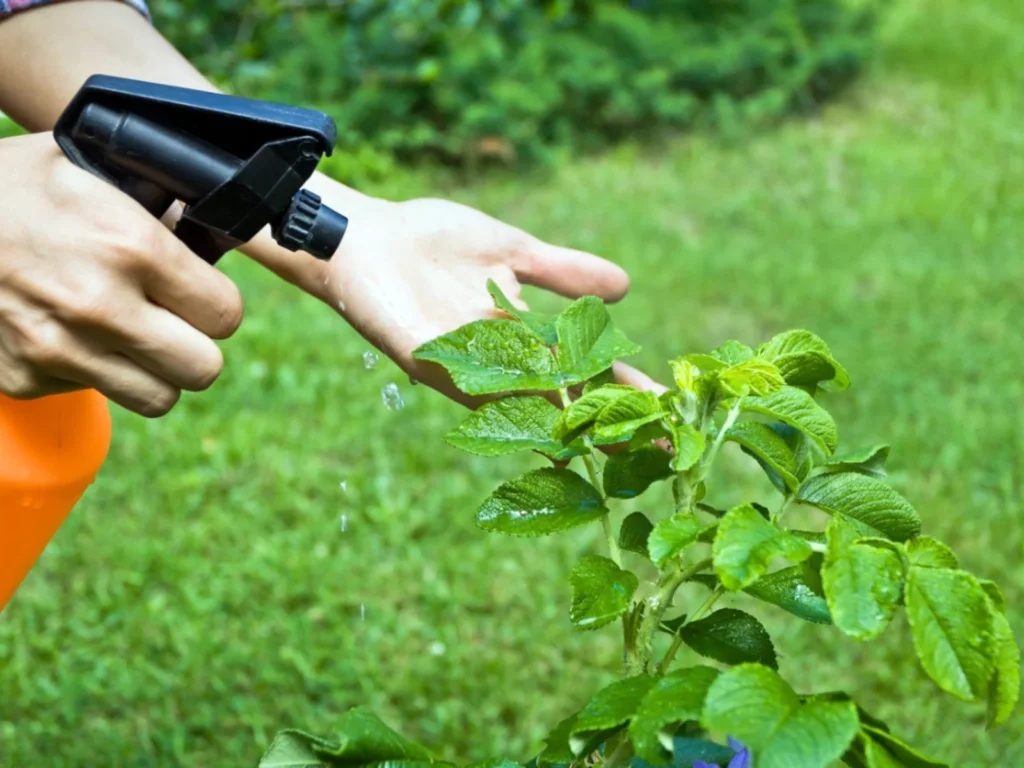
1. Organic Pest Control: Organic pest control methods harness the power of nature to combat garden pests effectively. These include releasing beneficial insects like ladybugs and lacewings, using neem oil or garlic spray, and employing biological solutions like nematodes for soil-borne pests. Organic pest control methods allow you to target specific pests without harming beneficial insects or the environment.
2. Natural Pest Repellents: Embrace natural pest repellents, such as diatomaceous earth, which creates a hostile environment for crawling insects, or companion planting, where certain plants deter pests from your prized vegetables. These methods are non-toxic, eco-friendly, and promote a healthy garden ecosystem.
3. Organic Fertilizers: Organic fertilizers are nutrient-rich, safe, and beneficial for your garden’s long-term health. They improve soil structure, increase nutrient availability, and reduce the risk of nutrient runoff. Compost, often referred to as “black gold,” is a prime example of an organic fertilizer that enriches your soil naturally.
Transitioning to organic alternatives isn’t just about the health of your garden; it’s about embracing a more sustainable and environmentally friendly approach to gardening. Your garden will thank you, and so will the planet.
2. Start A Compost Pile
Composting Basics: A Step-by-Step Guide
Composting is a cornerstone of sustainable gardening. It’s a process that mimics nature’s recycling system, turning organic matter into nutrient-rich humus that enriches the soil. In this section, we’ll provide you with a comprehensive guide on how to start and maintain a compost pile successfully.
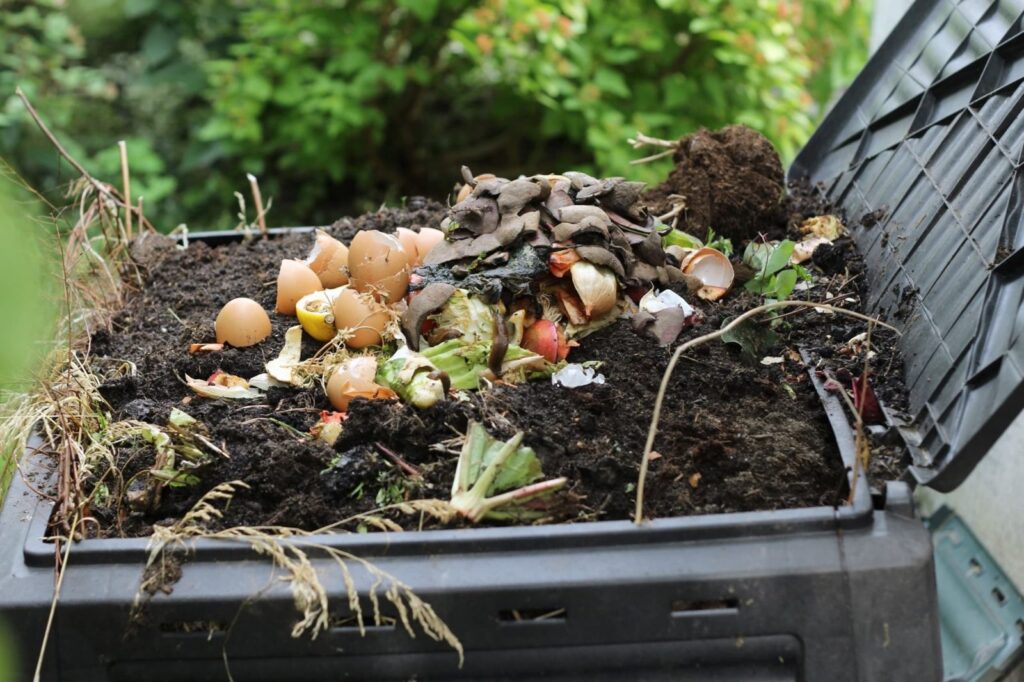
1. Selecting the Ideal Location: Choosing the right location for your compost pile is crucial. You’ll want an area that’s well-drained, receives partial sunlight, and is easily accessible from your garden. Ensure it’s away from structures to prevent potential odor issues.
2. Gathering Composting Materials: Composting requires a mix of “browns” (carbon-rich materials like dry leaves, straw, or shredded newspaper) and “greens” (nitrogen-rich materials like kitchen scraps, grass clippings, and plant trimmings). Finding the right balance between these materials is key to successful composting.
3. Building Layers: Start your compost pile by layering browns and greens. Alternate between these two categories, ensuring that you maintain a proper balance. Add materials gradually as you accumulate them to create a well-aerated pile.
4. Turning and Aerating: Regularly turning the compost pile aerates it, allowing beneficial microbes to break down organic matter efficiently. Aim to turn the pile every few weeks, but the frequency can vary depending on your composting method.
5. Moisture Management: Compost should have the moisture level of a wrung-out sponge. If it’s too dry, it will decompose slowly; if it’s too wet, it may become anaerobic and develop odors. Monitor moisture levels and adjust as needed by adding water or dry materials.
6. Patience and Observation: Composting is a gradual process, and it takes time for organic matter to transform into nutrient-rich compost. Be patient and observe the changes in your pile. Over time, you’ll notice the breakdown of materials and the development of rich, dark compost.
Compost Troubleshooting: Common Issues and Solutions
Even the most seasoned gardeners encounter composting challenges. In this section, we’ll address some common problems you might encounter and provide practical solutions to keep your compost pile thriving.
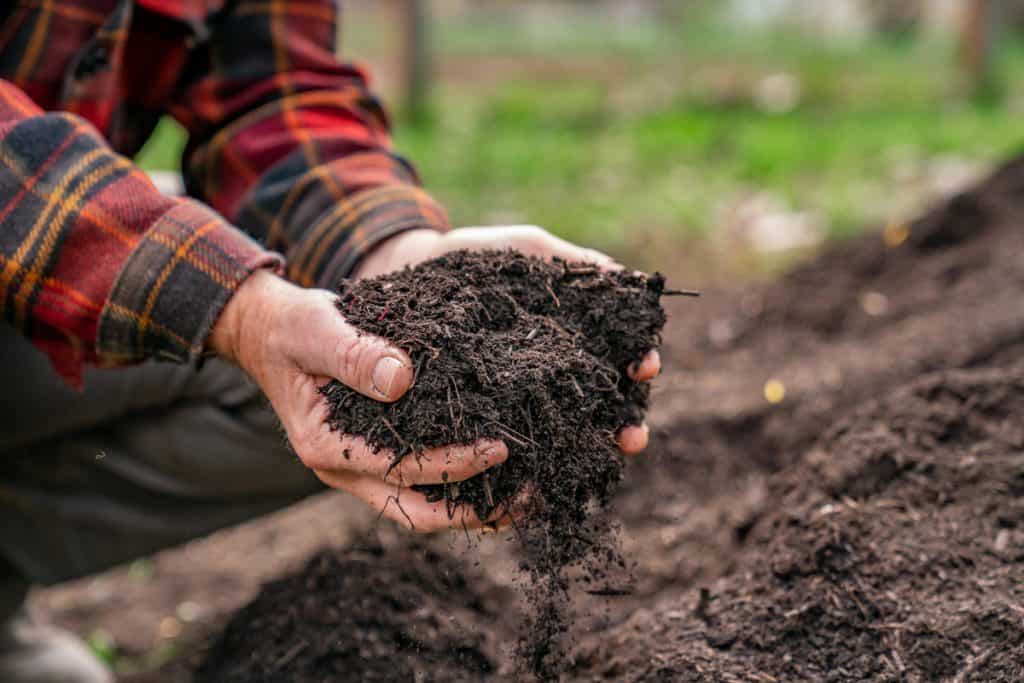
1. Odor Issues: If your compost pile starts to emit unpleasant odors, it’s likely due to anaerobic conditions caused by inadequate aeration. To remedy this, turn your pile more frequently, add browns to balance the moisture, and ensure proper aeration.
2. Pests in the Compost: Fruit flies, ants, and other pests can sometimes invade your compost pile. This usually occurs when the pile contains fruit scraps or kitchen waste with residues. Covering such materials with a layer of browns and maintaining a well-aerated pile will discourage pests.
3. Slow Decomposition: If your compost pile is taking longer than expected to decompose, it might lack sufficient nitrogen-rich greens. Adjust the ratio of greens to browns by adding more kitchen scraps or grass clippings to speed up the process.
4. Excessive Heat: While some heat is beneficial for composting, excessive heat can kill beneficial microbes. If your compost pile becomes overly hot, mix in more browns to cool it down.
3. Conserve Water
The Importance of Water Conservation
Water, the lifeblood of any garden, is a resource that must be conserved and used wisely. In this section, we’ll delve into the critical importance of water conservation in sustainable gardening and its significant impact on reducing your environmental footprint.
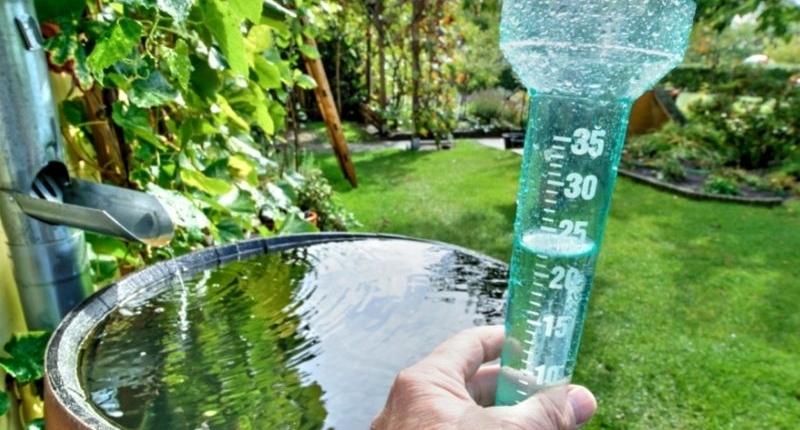
1. Resource Scarcity: Water scarcity is an increasing concern worldwide. As population growth and climate change exacerbate water shortages, it’s imperative that gardeners take a proactive role in water conservation.
2. Environmental Impact: Excessive water use in gardening can deplete local water sources and harm aquatic ecosystems. Over-irrigation can lead to soil erosion and nutrient runoff, affecting water quality in rivers and lakes. By conserving water, you minimize these detrimental effects on the environment.
3. Economic Benefits: Conserving water in your garden isn’t just an environmental responsibility; it’s a practical way to reduce your water bill. Sustainable water practices can save you money while benefiting the planet.
4. Drought Resilience: In regions prone to drought, water conservation practices are crucial for garden survival. By using water efficiently, you can maintain a lush garden even during dry spells.
Rain Barrels, Drip Irrigation, and Water-Saving Tips
Now that you understand the importance of water conservation, it’s time to explore practical ways to implement it in your garden.
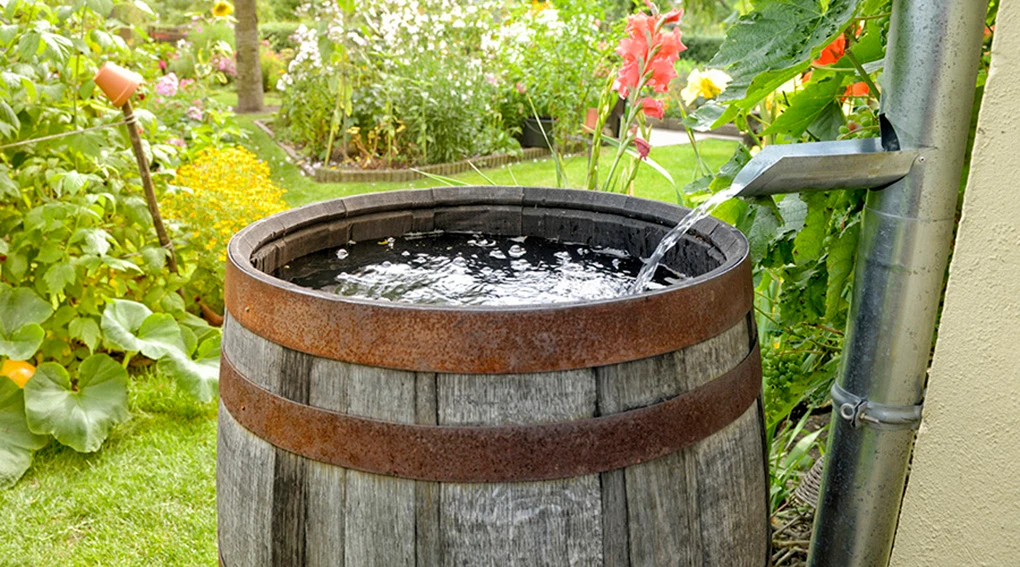
1. Rain Barrels: Rain barrels are a simple yet highly effective tool for conserving rainwater. They collect and store rainwater from your roof’s downspouts, providing a free and sustainable source of irrigation for your garden. We’ll guide you through setting up a rain barrel system, from selecting the right barrel to connecting it to your downspouts.
2. Drip Irrigation: Drip irrigation is a water-saving champion in the world of gardening. This efficient method delivers water directly to plant roots, minimizing wastage through evaporation or runoff. We’ll explore the components of a drip irrigation system, explain how to install it, and highlight its advantages over traditional watering methods.
3. Water-Saving Tips: Beyond rain barrels and drip irrigation, there are several water-saving tips you can implement in your garden:
Watering Timing: Water your garden early in the morning or late in the evening to minimize evaporation and ensure optimal absorption by plants.
Mulching: Applying mulch around your plants helps retain soil moisture, reducing the frequency and amount of watering required.
Drought-Tolerant Plants: Consider planting drought-tolerant species, which require less water to thrive.
Soil Health: Improve your soil’s water-holding capacity through soil amendments like compost, which acts like a sponge, retaining moisture for your plants.
By incorporating these water-saving practices into your gardening routine, you’ll not only help conserve this precious resource but also promote healthier and more resilient plants.
4. Choose Sustainable Garden Design and Materials
Sustainable Garden Design Principles
Creating a sustainable garden involves thoughtful design that considers the long-term health of your garden ecosystem. In this section, we’ll discuss essential principles of sustainable garden design that you can implement in your outdoor space.

1. Native Plant Selection: Native plants are inherently adapted to your region’s specific climate, soil, and wildlife. They require less water and maintenance compared to non-native species, making them ideal choices for a sustainable garden. We’ll provide guidance on selecting native plants tailored to your location.
2. Reducing Lawn Areas: Traditional lawns consume vast amounts of water and require frequent maintenance. Reducing your lawn area or replacing it with native groundcovers or drought-resistant plants can significantly lower your water usage and maintenance efforts.
3. Creating Wildlife-Friendly Habitats: Sustainable gardens should embrace biodiversity. Design your garden to attract and support local wildlife, such as pollinators and beneficial insects. Strategies include providing food and water sources, planting native species, and incorporating habitat features like birdhouses and bee hotels.
Selecting Sustainable Garden Materials
Your choice of materials can have a profound impact on the sustainability of your garden. In this section, we’ll explore options for selecting sustainable garden materials that align with your eco-friendly gardening goals.

1. Reclaimed Wood: When constructing raised beds, trellises, or garden structures, consider using reclaimed wood. This repurposed material not only adds character to your garden but also reduces the demand for newly harvested timber, thus conserving forests.
2. Recycled Plastic: For garden edging, fencing, or containers, recycled plastic is a durable and eco-friendly choice. It diverts plastic waste from landfills and transforms it into functional garden materials.
3. Sustainable Landscaping Materials: Explore sustainable landscaping materials such as permeable pavers, which allow rainwater to penetrate the soil and reduce runoff. Additionally, consider using gravel or mulch paths instead of non-permeable materials like concrete.
5. Promote Biodiversity
Understanding Biodiversity in the Garden
Biodiversity forms the foundation of sustainable ecosystems, and it’s equally vital for your garden’s health and resilience. In this section, we’ll explore the significance of biodiversity and how it benefits your garden.

1. Resilience: A diverse range of plant species in your garden creates a more robust ecosystem. This resilience means that if one species faces challenges like pests or diseases, others can thrive and maintain the garden’s overall health.
2. Natural Pest Control: Biodiversity attracts a variety of insects and wildlife, including natural predators of common garden pests. Ladybugs, lacewings, and birds, for example, help keep aphids and caterpillars in check, reducing the need for chemical pesticides.
3. Pollination: Diverse flowering plants attract a variety of pollinators, including bees, butterflies, and hummingbirds. These pollinators are essential for the reproduction of many fruit and vegetable crops. By promoting biodiversity, you ensure a steady supply of pollinators for your garden.
4. Soil Health: Different plant species have varying root structures and nutrient requirements. This diversity improves soil structure, nutrient cycling, and microbial activity, resulting in healthier soil for your plants to thrive.
Attracting Beneficial Wildlife
Now that you understand why biodiversity is crucial, let’s explore strategies to attract beneficial wildlife to your garden.
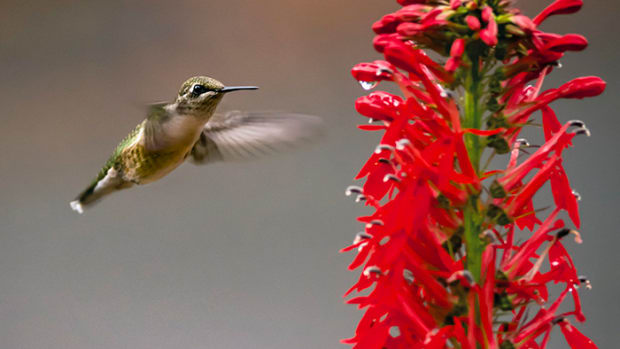
1. Native Plant Selection: Native plants are the cornerstone of a biodiverse garden. They provide essential food and habitat for local wildlife. Research native plant species in your region and incorporate them into your garden.
2. Wildlife-Friendly Habitats: Create spaces that welcome wildlife. Birdhouses, bee hotels, and butterfly-friendly plants offer shelter and nesting sites. Birdbaths and shallow dishes with water provide drinking and bathing spots for birds and insects.
3. Food and Water Sources: Install bird feeders filled with seeds and nectar-rich flowers for hummingbirds. Include plants that produce berries and seeds for birds to forage. Provide shallow dishes of water with stones for insects to access water safely.
4. Avoid Chemicals: Minimize or eliminate the use of chemical pesticides and herbicides. These chemicals harm beneficial insects and disrupt the garden’s delicate balance.
6. Reduce Waste
Minimizing Garden Waste
Sustainable gardens are efficient not only in resource use but also in waste reduction. In this section, we’ll explore practical tips to minimize garden waste through responsible gardening practices.
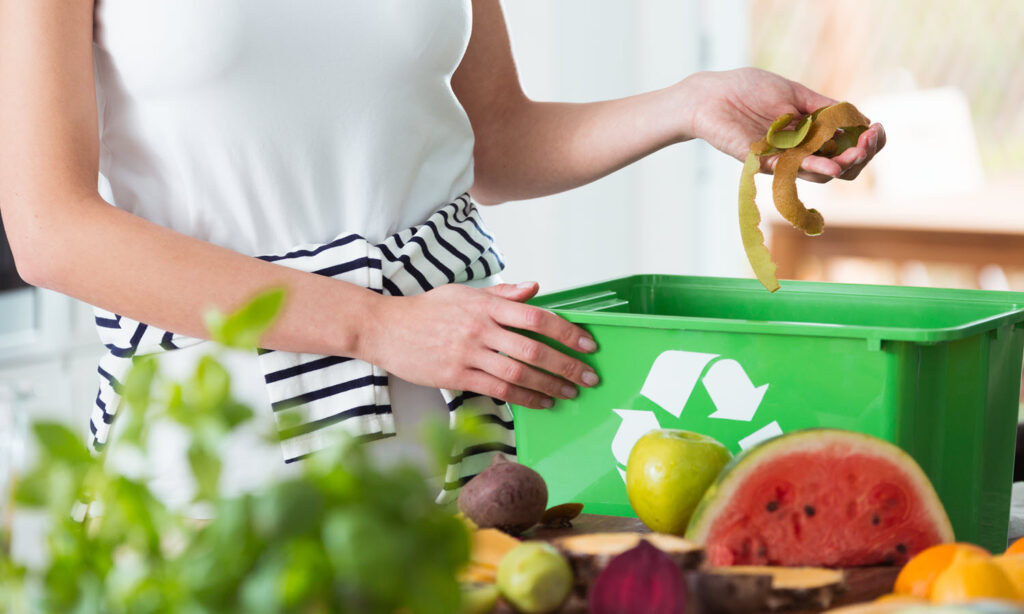
1. Composting: As discussed earlier, composting is a cornerstone of sustainability. Instead of discarding kitchen scraps and yard waste, turn them into nutrient-rich compost for your garden. Compost reduces the volume of organic waste in landfills and enriches your soil naturally.
2. Plant Selection: Choose plants suited to your garden’s conditions. Plants that thrive in your local climate and soil require less maintenance and are less likely to fail, reducing waste associated with replacements.
3. Sustainable Pruning: Properly prune your plants to prevent overgrowth and reduce waste. Pruned branches and clippings can be used for mulch or included in your compost pile.
4. Responsible Disposal: When you do need to dispose of garden waste, follow responsible disposal practices. Local recycling centers or green waste facilities often accept yard trimmings for composting.
Recycling and Repurposing
In this section, we’ll explore creative ways to recycle and repurpose items in your garden, reducing waste and adding character to your outdoor space.
1. Container Gardening: Reuse old containers, pots, or buckets as planters. Not only does this reduce waste, but it also adds a unique and eclectic touch to your garden.
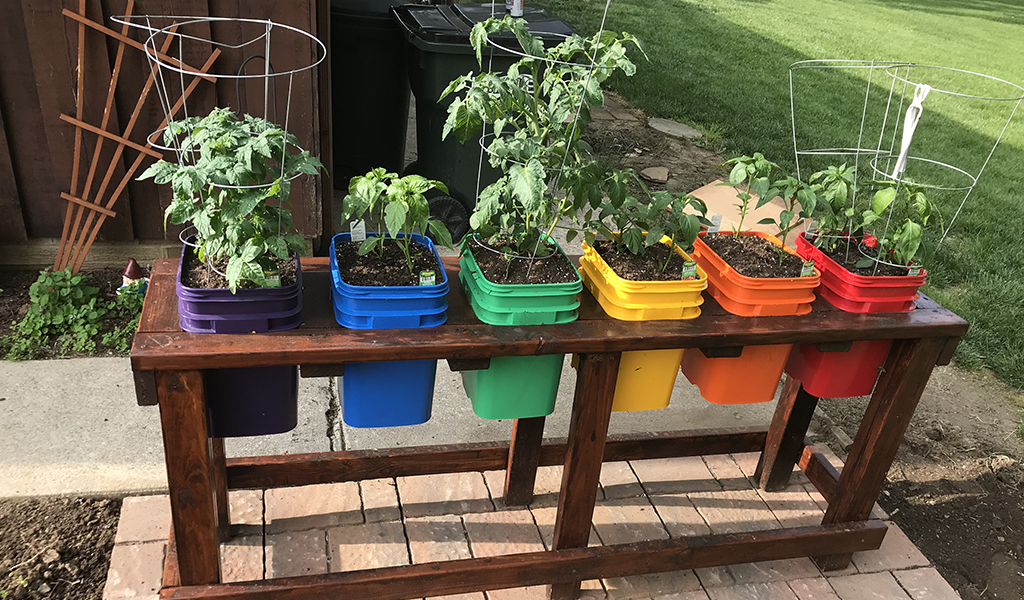
2. Upcycled Garden Decor: Get creative with upcycled garden decor. Turn old furniture into garden benches, use discarded windows for cold frames, or transform old tires into colorful flower beds.
3. Garden Debris as Mulch: Instead of disposing of fallen leaves, grass clippings, or pruned branches, repurpose them as mulch. Mulch conserves soil moisture, suppresses weeds, and returns nutrients to the soil.
4. DIY Garden Tools: Craft your own garden tools from recycled materials. Wine corks make excellent handle grips, and old broom handles can become sturdy stakes for climbing plants.
7. Mulch
The Power of Mulch
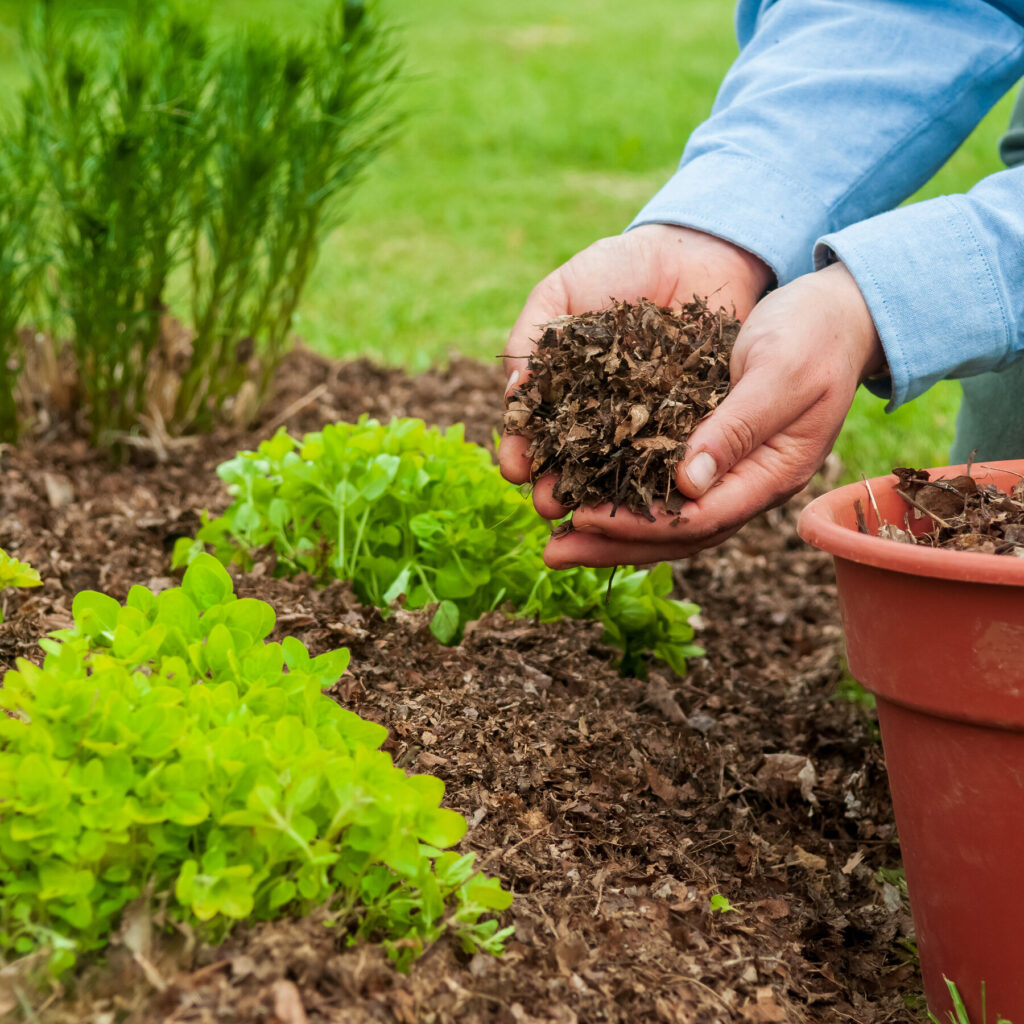
Mulch is more than just an aesthetic addition to your garden; it’s a versatile and powerful tool for sustainable gardening. In this section, we’ll delve into the benefits of mulching and how to apply it effectively.
1. Soil Moisture Conservation: Mulch acts as a protective barrier, reducing soil moisture evaporation. This means you’ll need to water your garden less frequently, conserving water and lowering your water bill.
2. Weed Suppression: A layer of mulch inhibits weed growth by blocking sunlight and preventing weed seeds from making contact with the soil. This reduces the need for labor-intensive weeding and the use of herbicides.
3. Soil Temperature Regulation: Mulch helps regulate soil temperatures, keeping it cooler in hot weather and providing insulation in colder months. This stable temperature promotes healthier root growth for your plants.
4. Erosion Control: Mulch helps prevent soil erosion by reducing the impact of heavy rain and wind on exposed soil. This is especially valuable on slopes or in areas prone to erosion.
5. Improved Soil Health: As mulch breaks down over time, it adds organic matter to the soil, improving its structure, nutrient content, and microbial activity. This results in healthier, more productive gardens.
6. Enhanced Aesthetics: Beyond its practical benefits, mulch enhances the visual appeal of your garden by providing a clean, uniform ground cover.
What plants are best for sustainable gardening?
How does home gardening contribute to sustainable development?
What is another name for sustainable gardening?
What type of garden is easiest to maintain?
What does sustainable mean in plants?
Which garden plants grow the fastest?
Radishes (raphanus sativus)
Inchplant (tradescantia zebrina)
Hay-Scented Fern (dennstaedtia punctilobula)
Chives (allium schoenoprasum)
Schreber’s Aster (eurybia schreberi)
Arugula (eruca sativa)
